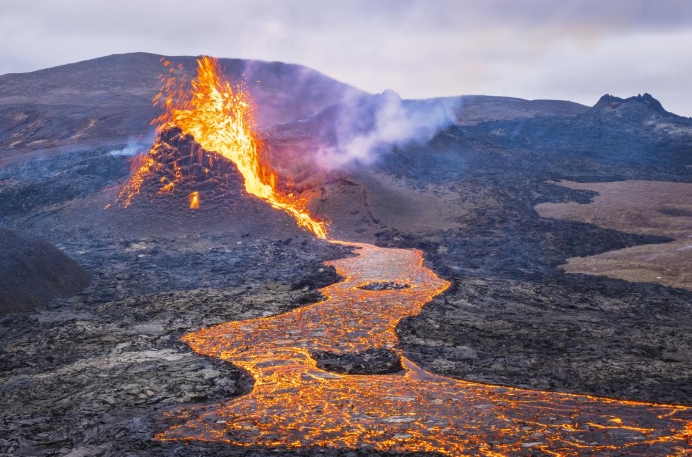Volcanoes have long been one of the most frightening and awe-inspiring natural phenomena on Earth. From their violent eruptions to their massive lava flows, these geological wonders continue to captivate scientists and researchers alike.
Understanding the inner workings of volcanoes is crucial for predicting eruptions and mitigating their impacts on nearby communities. Recent advances in technology and scientific research have allowed us to unlock some of the mysteries surrounding these powerful forces of nature.
Tectonic Activity and Volcanic Eruptions
Tectonic activity plays a key role in the formation and eruption of volcanoes. The movement of tectonic plates can create hot spots beneath the Earth’s crust, leading to the formation of magma chambers. As pressure builds within these chambers, volcanic eruptions can occur.
Researchers have been studying the relationship between tectonic activity and volcanic eruptions to better understand the processes that drive these events. By monitoring seismic activity and volcanic gas emissions, scientists can gain valuable insights into the behavior of volcanoes and the likelihood of an eruption.
Predicting Eruptions with Advanced Technology
Advances in technology have revolutionized our ability to monitor and predict volcanic eruptions. Ground-based instruments such as seismometers and GPS devices allow scientists to track the movement of magma beneath the Earth’s surface. Remote sensing technologies, such as satellites and drones, enable researchers to observe volcanic activity from a safe distance.
By analyzing data collected from these tools, scientists can create models that predict when and where a volcano is likely to erupt. This information is vital for issuing early warnings to at-risk communities and coordinating evacuation efforts.
Mitigating the Impacts of Volcanic Eruptions
Despite our best efforts to predict volcanic eruptions, the impact of these events can still be devastating. Lava flows, ash clouds, and pyroclastic flows can cause widespread destruction and endanger human lives.
Researchers are continually studying ways to mitigate the impacts of volcanic eruptions. From developing evacuation plans to creating volcanic hazard maps, scientists are working to minimize the risks posed by these natural disasters.
Conclusion
As our understanding of volcanoes continues to grow, so too does our ability to predict and mitigate the impacts of their eruptions. By studying tectonic activity, harnessing advanced technology, and implementing effective mitigation strategies, we can work towards a safer future in the face of these powerful geological forces. Unlocking the mysteries of volcanoes is a challenging yet rewarding endeavor that holds the key to protecting our planet and its inhabitants.

